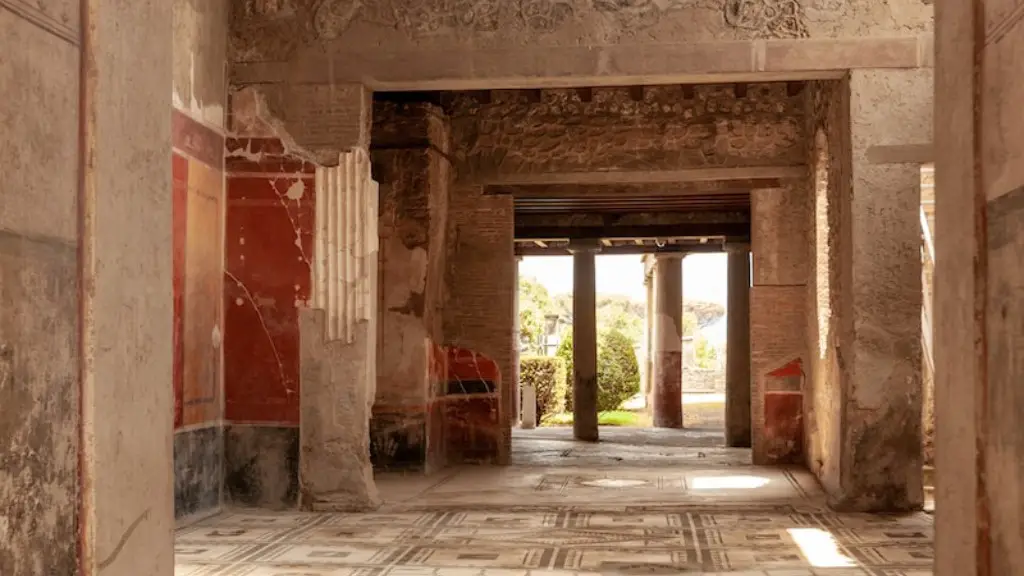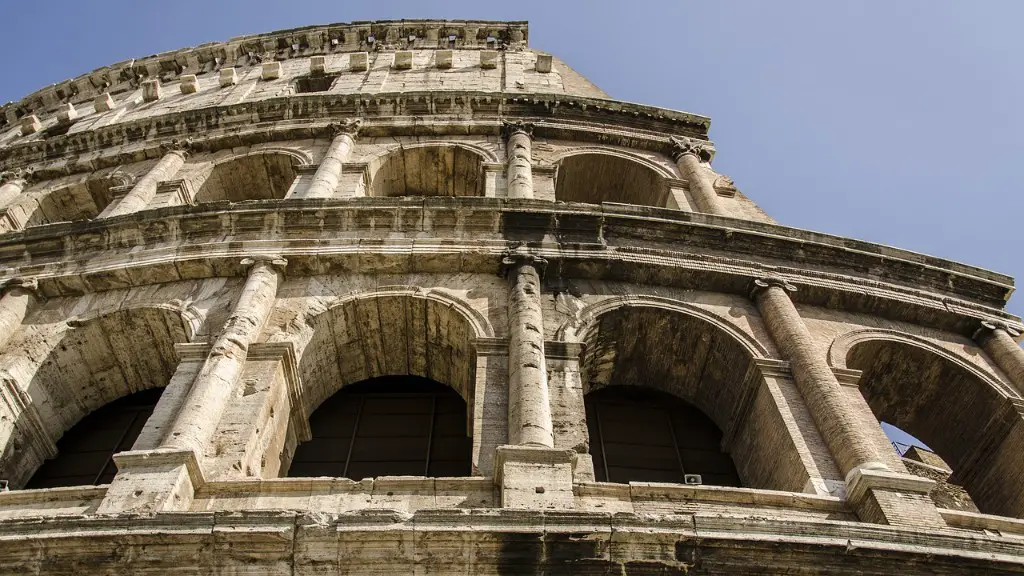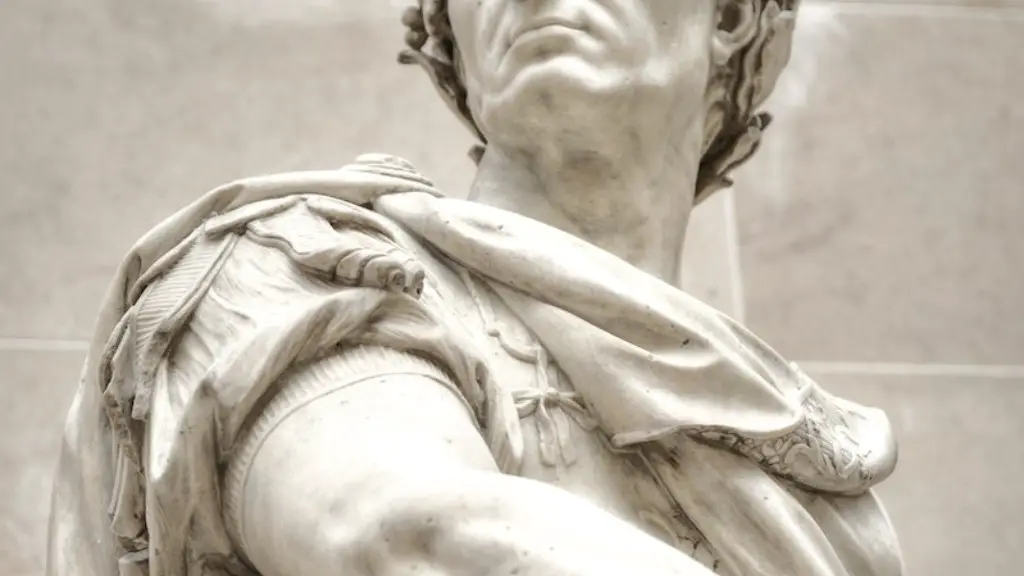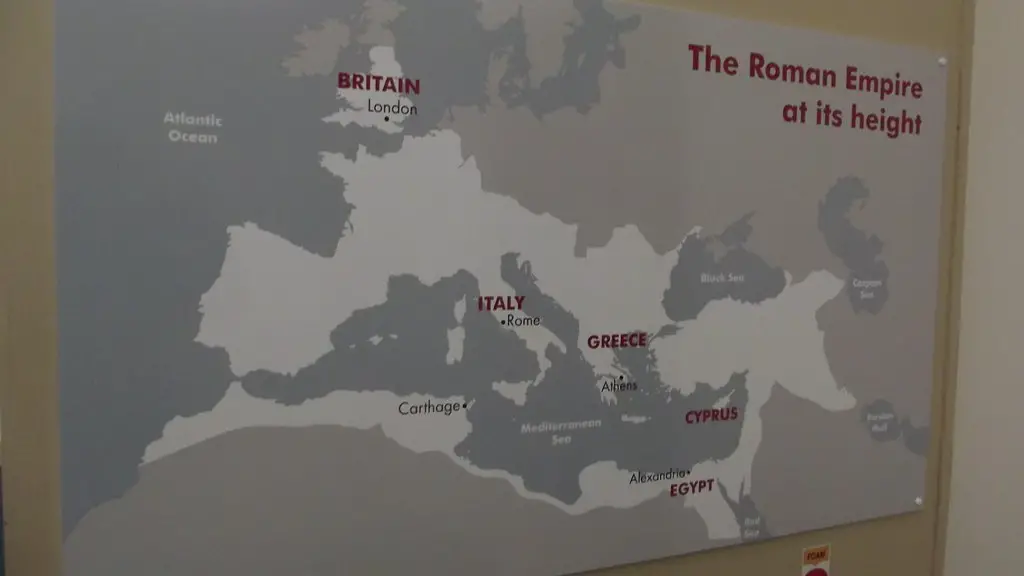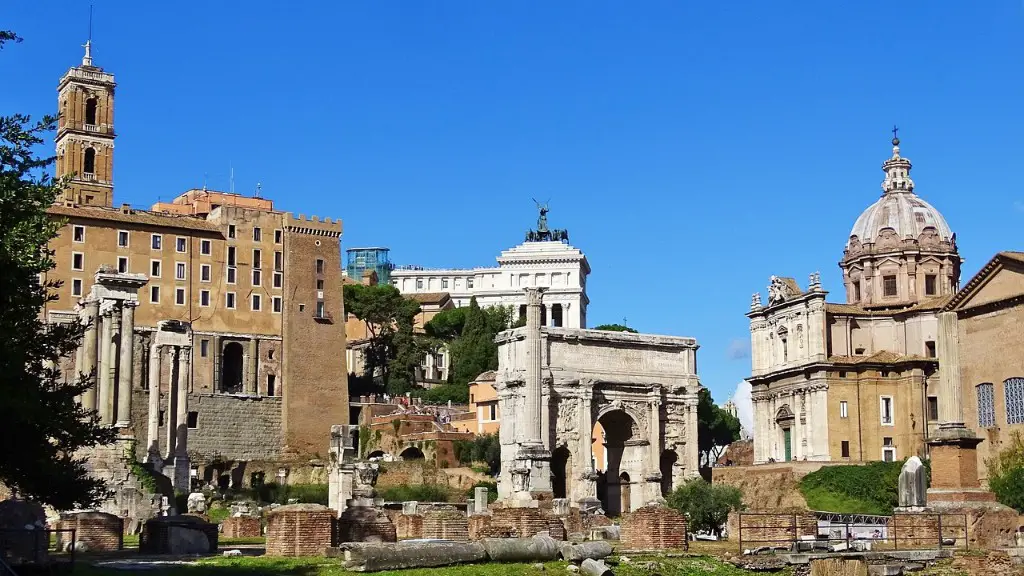The debate on who has better architecture between the ancient Greeks and Romans has been ongoing for thousands of years. While many agree the two cultures influenced each other, the truth is that both held their own unique styles of architecture. To understand who had better architecture requires looking both at the similarities and differences between the two styles.
Ancient Roman architecture is focused mostly on the city’s public works while Greek architecture tended to be more artistic. The Romans came with a skill for practical innovation, emphasized especially by their development of the arch, which allowed architects to create huge arches and vaults over buildings. This was a major turning point in their history, as these advancements allowed them to build many of the unique and awe-inspiring structures they are famous for, such as; the Colosseum and Pantheon.
In contrast, Greek architecture was more focused on nature and order, with buildings that were designed to feel intentional and purposeful. Its most iconic buildings, such as the Parthenon, took on a more symmetrical and perfect form, with buildings that showcased a culture that was less focused on expansion, and more focused on balance and harmony. This approach to design and architecture is still visible today, represented in many modern buildings that take from Greek style conventions, such as the Capitol in Washington, D.C.
When it comes to who has better architecture, it is important to remember that both the ancient Greek and Roman styles of architecture are unique and have distinctive qualities. Some would say that the Romans have better architecture because of their skillful use of both practical and artistic elements, while other would say that the Greeks have better because of the thoughtful attention to detail and focus on balance and nature. Ultimately, this is a matter of opinion, rather than fact.
Building Materials
When it comes to discussing the difference between Greek and Roman architecture, the use of building materials is one of the most notable distinctions. Roman architects crafted mostly from concrete and mortar, while the Greeks preferred to use marble, stucco, and other stone mixtures. While both materials were strong and durable, stone was seen as more beautiful and was often used for more important pieces of architecture.
The common practice for both the Romans and Greeks was to cover unnecessary or less important parts of their buildings with stucco or clay so that, from the outside, the buildings would look uniform and aesthetically pleasing. This technique would often help to maintain the integrity of the entire structure and would also help to enhance a more magnanimous look that both cultures seemed to strive for.
The use of readily-available building materials can be seen in the structures that each culture built, with the Romans creating many large structures such as the Coliseum, and the Greeks building structures such as temples and other structures that better resemble sculptures with their use of marble, stucco and other stone mixtures.
Purpose of Architecture
The purpose of each culture’s architecture is another important factor when determining who had better architecture. It is important to consider that the two cultures had different motivations for building specific structures. Roman architecture was often focused on grandiose public places that emphasized grandeur, opulence and power, such as the Colosseum. In comparison, the Greeks often focused on building temples that celebrated their pantheon of mythical gods, such as Zeus and Athena.
This distinction can be seen in the structures that each culture built, with the Romans often building large public spaces with powerful symbols, and the Greeks often building temple structures for their gods. This difference in purpose is what made the two cultures’ architecture so different and contributes to the ongoing debate of which had better architecture.
It is clear that both the ancient Romans and Greeks have left a great legacy when it comes to architecture. Both cultures had unique styles that combined practical and artistic elements, and also had different motivations for why they built. While it can never be said definitively who had better architecture, it is certain that both styles of architecture are still respected and admired to this day.
Architects
When researching who has better architecture between the ancient Greeks and Romans, it is important to consider the architects behind the structures. In both cultures, there were many celebrated architects who helped create many of the iconic structures that still stand today. Some of the most prominent and celebrated architects in Roman architecture include Vitruvius and Apollodorus, while the Greeks had architects such as Ictinus and Callicrates.
These architects helped give the structures they created a unique perspective to architecture and allowed them to stand out in their respective cultures. Vitruvius in particular was a major milestone in Roman architecture, as he helped to create the foundations for future architects and also helped to develop many of the iconic structures that still stand today.
The work of the architects in both cultures is what made their respective styles of architecture so distinct and memorable. Without them, much of the iconic structures that are still admired today would not exist, which is a testament to the skill and talent of these architects.
Influence on Modern Architecture
The ancient Greek and Roman architectures have had a profound influence on modern architecture, with many modern architects taking inspiration from the two cultures when creating their own designs. In particular, the Roman’s use of arches and innovative construction techniques have had a lasting influence, with modern architects often trying to replicate the classic designs of the Colosseum and Pantheon.
The Greeks also have had a great impact on modern architecture, with many of their designs serving as inspiration for many modern buildings. The use of nature and symmetry are some of the most prominent elements of modern architecture. Whether it be the idea of simplicity and harmony, or the use of classic elements, the influence of the ancient Greeks can be seen in many modern designs.
The influence of ancient Greek and Roman architectures on modern designs is clear, and the lasting legacy that these two cultures have is undeniable. From the iconic symbols of the Roman Colosseum to the balance and harmony of the Parthenon, their presence on modern day architecture is evidence of the skill and talent of the two cultures, and a reminder of why the debate of who has better architecture between the two is still ongoing.
Modern Architecture vs. Ancient Architecture
The debate of whether ancient Greek or Roman architecture is better is largely irrelevant when it comes to modern architecture. While modern architects may take inspiration from the two cultures, the materials, techniques, and ambitions that are used to build these days are very different to what was available in Ancient times. The modern construction industry has access to materials and innovation that was not available to the ancient architects, which leads to advancements that are exponentially faster and of higher quality.
This is not to say that the ancient architectures are not still relevant, they are, and they will continue to be admired and respected throughout time. But when it comes to the debate of whether one is better than the other, it is important to remember that modern architecture is on an entirely different level when compared to the ancient styles.
The two styles of architecture are not in competition, but are instead two different entities in their own right. To compare the two in the way of who is better is a meaningless exercise, as the two styles should be appreciated for the contribution to architecture that each has made. In this sense, no one can really claim that one culture has better architecture than the other, and thus the debate should really be whether modern architecture is better than the ancient styles.
Iconic Structures
When talking about the difference between ancient Greek and Roman architecture, it is impossible to ignore the many iconic structures that they created. The Colosseum and the Parthenon are both iconic symbols of their respective architecture, and are recognized throughout the world. They both represent the skill and talent of the architects and builders at the time, and showcase the different styles and motivations of the two cultures.
The Colosseum is a testament to the impressive engineering of the Roman’s, showcasing their mastery of the arch and vault, while the Parthenon is the perfect example of Greek’s focus on balance and nature. These iconic structures are what made the two cultures stand out from each other, and serve as an example of the skill and talent of the two cultures. They also provide a valuable insight into the differences between the two cultures and help to illustrate why the debate of who has better architecture still exists today.
The debate of who has better architecture between the ancient Greeks and Romans may never be settled, but it is clear that both cultures have left a remarkable legacy when it comes to architecture. Both cultures had unique styles that combined practical and artistic elements, with different motivations and ambition. The influences of these two cultures are still visible today, from the Capitol in Washington D.C, to the many iconic symbols of their respective architecture, such as the Colosseum and the Parthenon. Whether you believe the Romans or the Greeks have better architecture, one thing is certain, the two cultures have left a lasting legacy when it comes to architecture.
